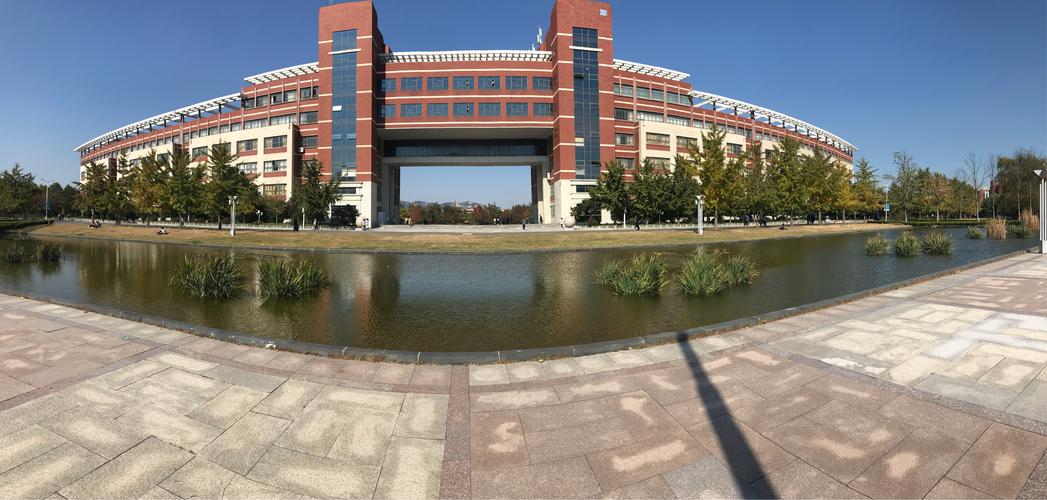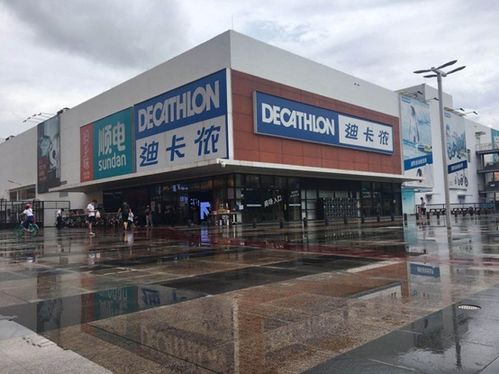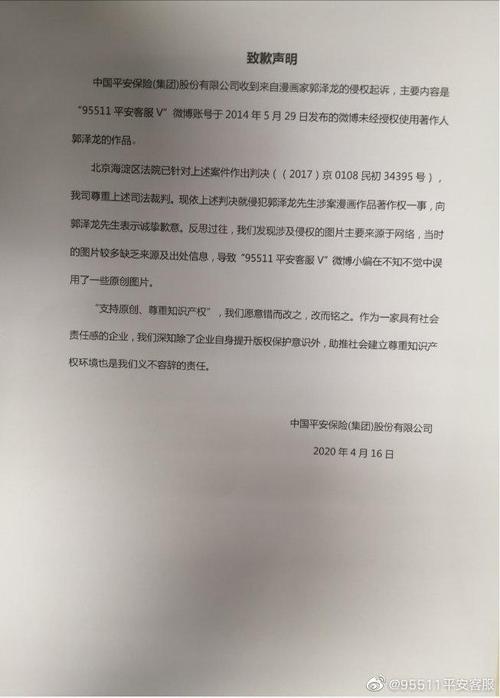甘肃兰州永登中考录取分数线2021
Title: Enhancing Physical Education Strategies for Middle School Students in Yongdeng, Lanzhou, Gansu
Introduction to Physical Education in Middle School
Physical education (PE) plays a vital role in the holistic development of students, fostering physical fitness, motor skills, teamwork, and overall wellbeing. In the context of Yongdeng, Lanzhou, Gansu, optimizing PE programs for middle school students is crucial for their growth and academic success.
Current Status of PE in Yongdeng, Lanzhou
Yongdeng, Lanzhou, situated in Gansu Province, faces unique challenges in implementing effective PE programs. Factors such as limited resources, diverse student needs, and environmental constraints may impact the quality of PE education.
Challenges and Opportunities
1.
Resource Allocation
: Limited resources may hinder the availability of sports equipment, adequate facilities, and qualified instructors.2.
Student Engagement
: Maintaining student interest and participation in PE activities can be challenging, especially with competing academic pressures.3.
Inclusive Approach
: Addressing the diverse needs of students, including those with disabilities or differing levels of physical ability, requires tailored strategies.4.
Health and Safety
: Ensuring the safety of students during physical activities, especially in adverse weather conditions, is paramount.Strategies for Improvement
1.
Resource Management
: Prioritize resource allocation based on need and feasibility. Seek partnerships with local businesses, community organizations, and government agencies to secure funding for equipment and facility upgrades.
2.
Curriculum Enhancement
: Develop a dynamic PE curriculum that integrates a variety of activities, including traditional sports, dance, yoga, and recreational games. Incorporate culturally relevant activities to engage students and promote diversity.3.
Student Involvement
: Empower students by involving them in the decisionmaking process regarding PE activities and programs. Conduct surveys to assess their interests and preferences, and tailor PE offerings accordingly.4.
Teacher Training
: Provide professional development opportunities for PE teachers to enhance their skills in inclusive instruction, adaptive physical education, and safety protocols. Encourage collaboration and knowledge sharing among educators.5.
Community Engagement
: Foster partnerships with local sports clubs, recreational centers, and health organizations to provide students with access to additional physical activity opportunities outside of school hours. Organize community events and workshops to promote active lifestyles.6.
Safety Protocols
: Implement comprehensive safety measures, including regular equipment inspections, emergency preparedness training, and guidelines for outdoor activities in varying weather conditions. Educate students about injury prevention and proper warmup techniques.7.
Monitoring and Evaluation
: Establish mechanisms for ongoing assessment and feedback to gauge the effectiveness of PE initiatives. Monitor participation rates, fitness levels, and student satisfaction to identify areas for improvement and track progress over time.Conclusion
Optimizing PE programs for middle school students in Yongdeng, Lanzhou, Gansu, requires a multifaceted approach that addresses resource constraints, promotes student engagement, ensures inclusivity, and prioritizes health and safety. By implementing tailored strategies and fostering collaboration among stakeholders, educators can enhance the overall quality of PE education and contribute to the holistic development of students in the region.










